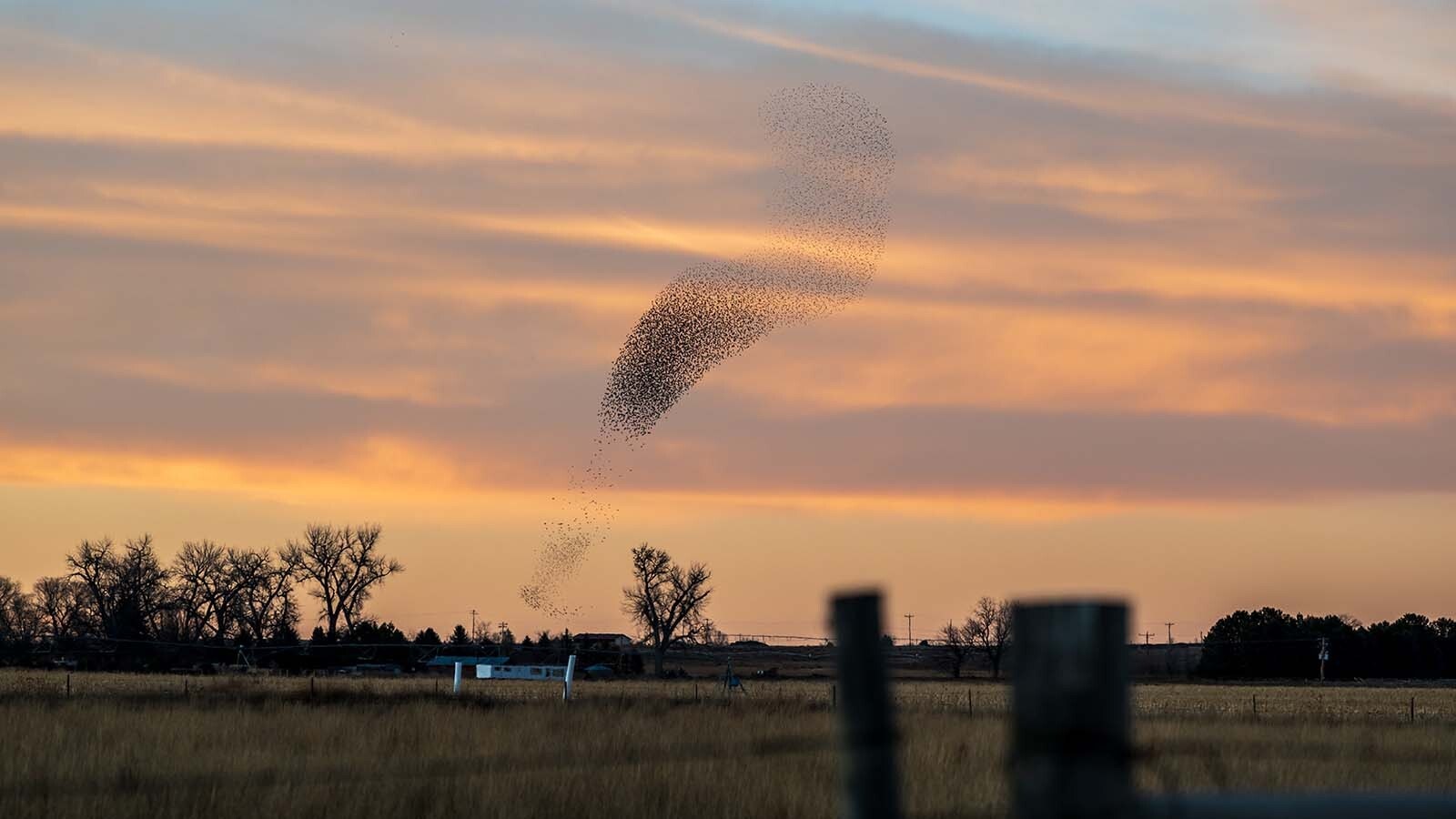As if there wasn’t enough to worry about already, here come the zombie birds.
Well, sort of.
Mad scientists didn’t probe the sinister depths of forbidden knowledge and discover how to bring birds back from the netherworld, but some researchers have figured out how to make dead birds fly.
Accomplishing what might be both imaginative and somewhat disturbing, researchers at the New Mexico institute of Mining and Technology have fashioned “drones” made from taxidermy birds, complete with flapping wings.
That’s right, dead birds flying by flapping their wings.
The inventors of the zombie birds, or avian drones as they might be more politely referred to, claim the contraptions could be used for less intrusive wildlife research. The reasoning being that wild animals are far less likely to be alarmed by what they perceive to be bird than by a completely artificial drone. While an expert Wyoming taxidermist said he could probably make one, some wildlife researchers said they’re doubtful they’d have much use for flying avian drone zombie-bird-things.
‘It Would Depend On How Much They Paid Me’
So, if zombie birds — avian drones — really do take off as the next big thing in wildlife research, how difficult would it be to make one?
For an experienced taxidermist, probably not terribly difficult, Steve Werbelow of Powell told Cowboy State Daily.
“You could start by mounting the taxidermy bird. There wouldn’t be any problem with that,” he said. “You could essentially mount the bird around the drone.”
Werbelow started learning taxidermy in 1976 and took it up as a business in 1984. He’s worked for Dewy Wildlife Studio in Cody for the past 15 years and plans to retire at the end of June.
During his career, Werbelow has done taxidermy mounts of just about every critter imaginable, including numerous bird species.
So, as a master of his craft, would he be willing to take a crack at making a taxidermy bird drone?
“I would depend on how much they paid me,” he said.
Don’t Do Anything Illegal
First, one would have to start with the right bird species, Werbelow said.
“You couldn’t just use an eagle or a hawk or anything like that,” he said. “Without a special permit, that’s illegal. I have done some taxidermy mounts of owls and hawks for museums, but legally with legal permits.”
If he could pick which bird to turn into a robotic flying machine, Werbelow said he’d want to try a duck.
“Ducks are about my favorite thing to taxidermy that there is,” he said. “There’s so many varieties of them.”

Artificial Innards
And as far as bird parts, all he would need would be the skin and feathers.
“The skin and the feathers have all been preserved (before the work begins),” he said. “It’s all been tanned, so it ain’t gonna rot and fall apart.”
The interior structure of the bird, even the bones for the wings and legs, could be made from synthetic materials, Werbelow said.
“Everything is artificial these days. You can even get artificial skulls. There’s no guts or anything like that in there,” he said.
Mounting a camera would probably be doable as well, he added.
“I’ve got cameras that aren’t any bigger around than your fingernail,” he said.
If a customer wanted the fully realistic flapping wing mechanism for the flying duck zombie, that work would probably have to be outsourced, Werbewlow said. Ditto for any monitoring equipment more elaborate than a camera.
“That’s just way above my technological ability,” he said.
Wildlife Researchers Not Terribly Impressed
There probably won’t be a big demand in Wyoming for undead bird airborne research systems anytime soon, Shawn Blajszczak of Powell told Cowboy State Daily.
“I see drones as being valuable for wildlife research in the future. But those (taxidermy bird drones), I guess I don’t see the point in them right now,” said Blajszczak, who is a former game warden and president of the Wyoming Chapter of the Mule Deer Foundation.
“It comes down to just having drones that can fly high enough so that they don’t disturb the wildlife,” he added.
Gary Beauvais, director of the Wyoming Natural Diversity Database at the University of Wyoming, agreed the age of the zombie bird has yet to dawn.
Beauvais said drones have proven valuable for wildlife and habitat research, but also agrees that he won’t be rushing out to buy any of the taxidermy bird variety.
“Now, this is the first time I’ve seen drones stuffed inside preserved bird skins and engineered to flap,” he told Cowboy State Daily, adding that the flapping might disrupt camera footage or the accuracy of sensors.
“It can’t make the whole instrument any more maneuverable. In fact, it probably makes it less maneuverable,” he said. “Imagine trying to keep one on a precise transect line at Medicine Bow on a windy day, not to mention less durable and less mechanically reliable.”
For now, Beauvais said he’ll stick with standard drones.
“I’d be interested to hear about situations in which investigators think a feathered flapping drone is necessary — military and intelligence situations aside,” he said. “I have no expertise in those arenas.
“Until then, well, I wouldn’t call these things gimmicks, but … they seem sort of gimmicky.”
Mark Heinz can be reached at mark@cowboystatedaily.com.





